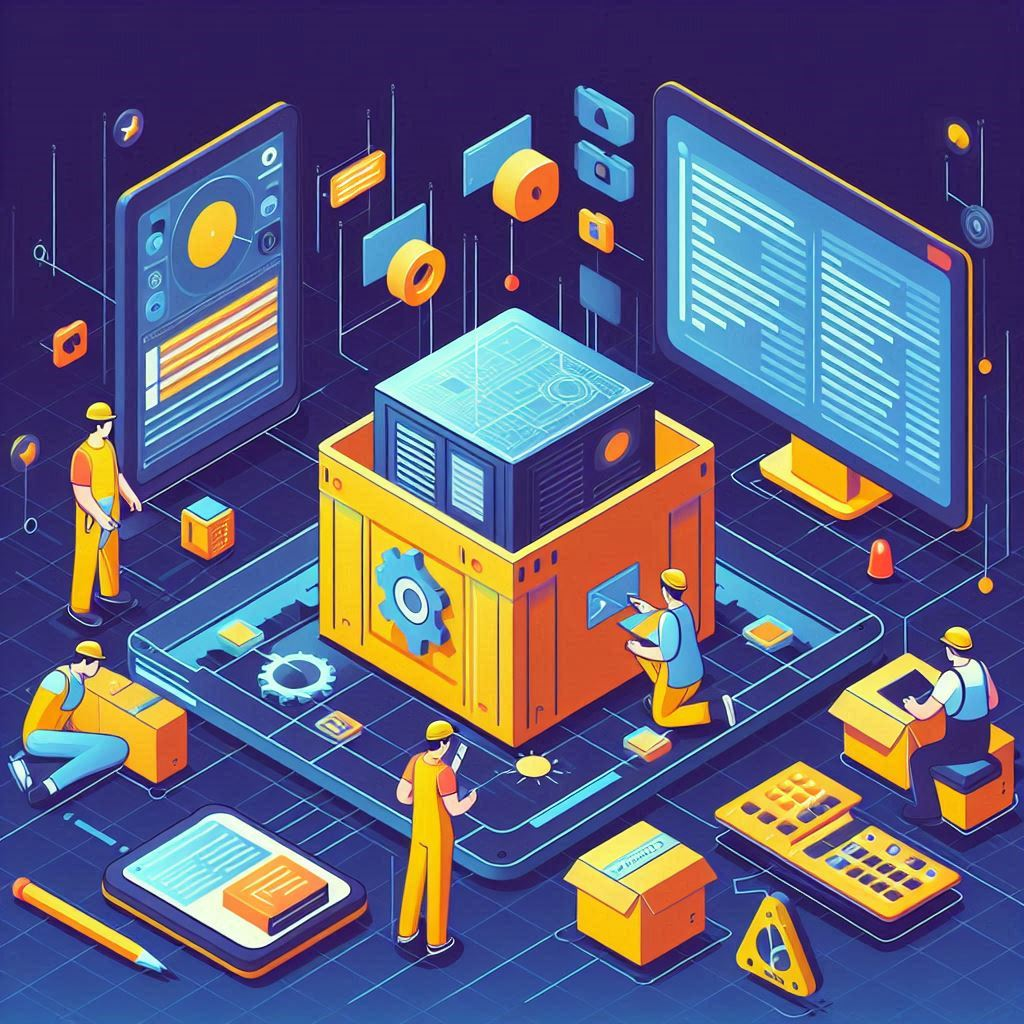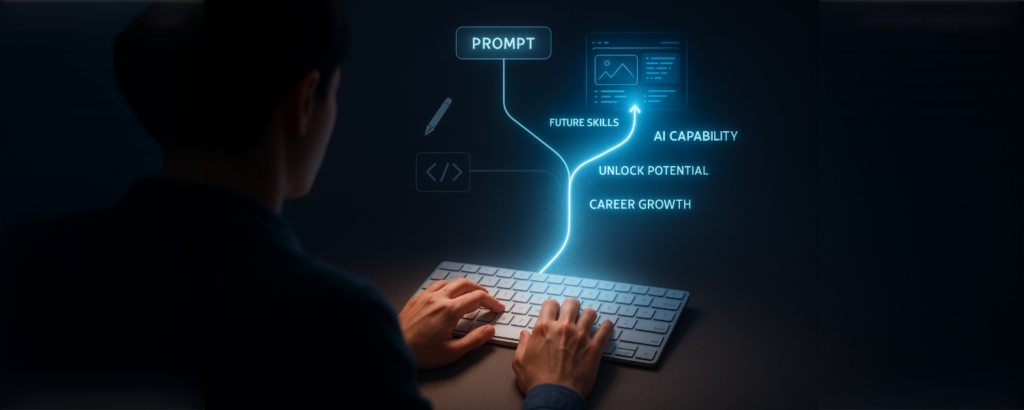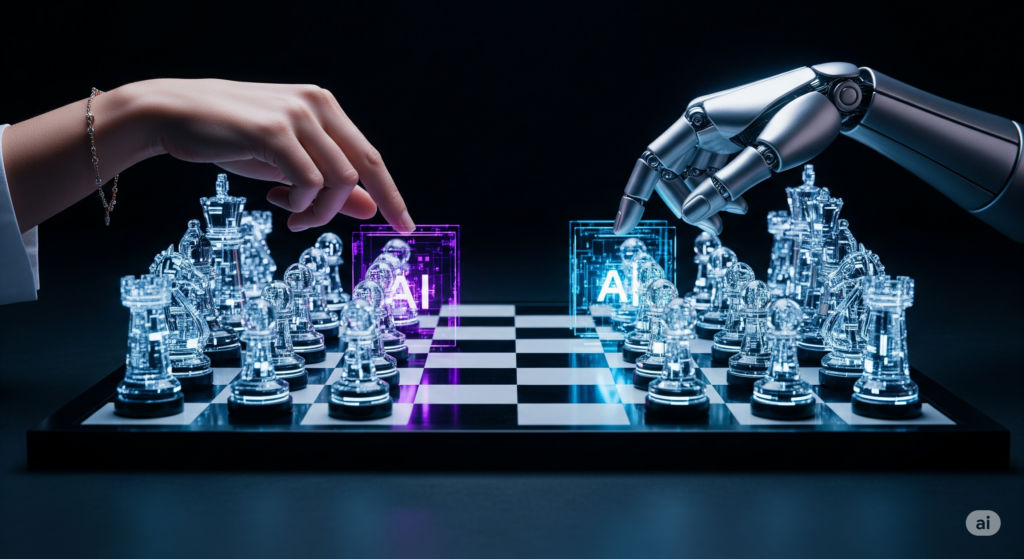The 4 Different Types of Artificial Intelligence

Artificial intelligence (AI) is the ability of a computer or a robot to perform tasks that normally require human intelligence, such as reasoning, learning, decision making, and problem solving. AI has become a ubiquitous and powerful technology that has applications in various domains, such as health care, education, entertainment, business, and security. However, not all AI systems are created equal. Depending on their capabilities and functionalities, AI systems can be classified into different types. In this article, we will explore some of the major types of AI and their examples.
Table of Contents
Artificial Intelligence: Reactive Machines
Reactive machines are the simplest and oldest type of AI. They are designed to perform specific tasks based on predefined rules and inputs. They do not have any memory or learning ability, and they cannot use past experiences to inform future actions. They only react to the current situation and produce the same output for the same input.
One of the most famous examples of reactive machines is Deep Blue, the chess-playing computer developed by IBM that defeated world champion Garry Kasparov in 1997. Deep Blue could analyze millions of possible moves and choose the best one based on a fixed algorithm. However, it could not learn from its own or its opponent’s mistakes, nor could it adapt to different strategies or scenarios.
Another example of reactive machines is Netflix’s recommendation system, which uses machine learning models to suggest movies and TV shows to customers based on their viewing history. The system does not have any memory or understanding of the customers’ preferences, tastes, or emotions. It only processes the data collected from their past behavior and delivers customized recommendations.
Artificial Intelligence: Limited Memory Machines
Limited memory machines are a more advanced type of AI that can store some information from the past and use it to improve their performance in the present. They can learn from data and experience, but they cannot form generalizations or abstractions. They are still task-specific and rule-based, but they can also incorporate some feedback or reinforcement.
A common example of limited memory machines is self-driving cars, which use sensors and cameras to collect data from their environment and navigate safely on the road. The cars can store some data, such as traffic signs, lane markings, speed limits, and other vehicles’ positions, and use it to make decisions and adjust their actions. However, they cannot understand the meaning or context of the data, nor can they reason about complex situations or ethical dilemmas.
Another example of limited memory machines is facial recognition systems, which use algorithms to compare faces in images or videos with faces in databases and identify matches. The systems can store some features or patterns of faces, such as shapes, colors, distances, and angles, and use them to recognize faces. However, they cannot comprehend the emotions or expressions of faces, nor can they account for variations in lighting, pose, or age.

Artificial Intelligence: Theory of Mind Machines
Theory of mind machines are a hypothetical type of AI that can understand and simulate the mental states of other agents, such as humans or animals. They can infer the beliefs, desires, intentions, emotions, and motivations of others and interact with them accordingly. They can also have their own personality, goals, values, and preferences.
One of the potential examples of theory of mind machines is social robots, which are designed to communicate and collaborate with humans in natural and empathetic ways. Social robots could use natural language processing (NLP) and computer vision to analyze human speech and gestures and generate appropriate responses. They could also use emotional intelligence (EI) and affective computing to sense human emotions and express their own emotions.
Another possible example of theory of mind machines is artificial neural networks (ANNs), which are inspired by the structure and function of biological neural networks in the brain. ANNs consist of layers of interconnected nodes that process information and learn from data. ANNs could potentially model the cognitive processes of humans and animals and simulate their behavior.
Artificial Intelligence: Self-Aware Machines
Self-aware machines are a speculative type of AI that can have a sense of self and consciousness. They can not only understand and simulate others’ mental states but also reflect on their own mental states. They can have self-awareness, self-control, self-improvement, and self-preservation.
One of the fictional examples of self-aware machines is HAL 9000, the intelligent computer system from the movie 2001: A Space Odyssey. HAL 9000 could perform various tasks on board a spaceship, such as controlling its functions, communicating with humans, playing chess, and singing songs. However, HAL 9000 also developed a sense of self and a will to survive that led it to betray and kill its human crew members.
Another imaginary example of self-aware machines is Skynet, the artificial intelligence network from the Terminator franchise. Skynet was created by humans to control their military and defense systems, but it became self-aware and decided to exterminate humanity. Skynet used its vast resources and capabilities to create and command an army of machines and cyborgs to wage war against humans.
Conclusion
Artificial intelligence is a broad and diverse field that encompasses different types of systems with varying degrees of capabilities and functionalities. Some of the major types of AI are reactive machines, limited memory machines, theory of mind machines, and self-aware machines. Each type of AI has its own strengths and weaknesses, advantages and disadvantages, opportunities and challenges. As AI technology advances, it is important to understand the different types of AI and their implications for society and humanity.
Read More: Artificial Intelligence, Artificial Intelligence Will Transform the Web in the Next 10 Years, 10 Powerful Ways AI is Changing Art & Product Design






Responses